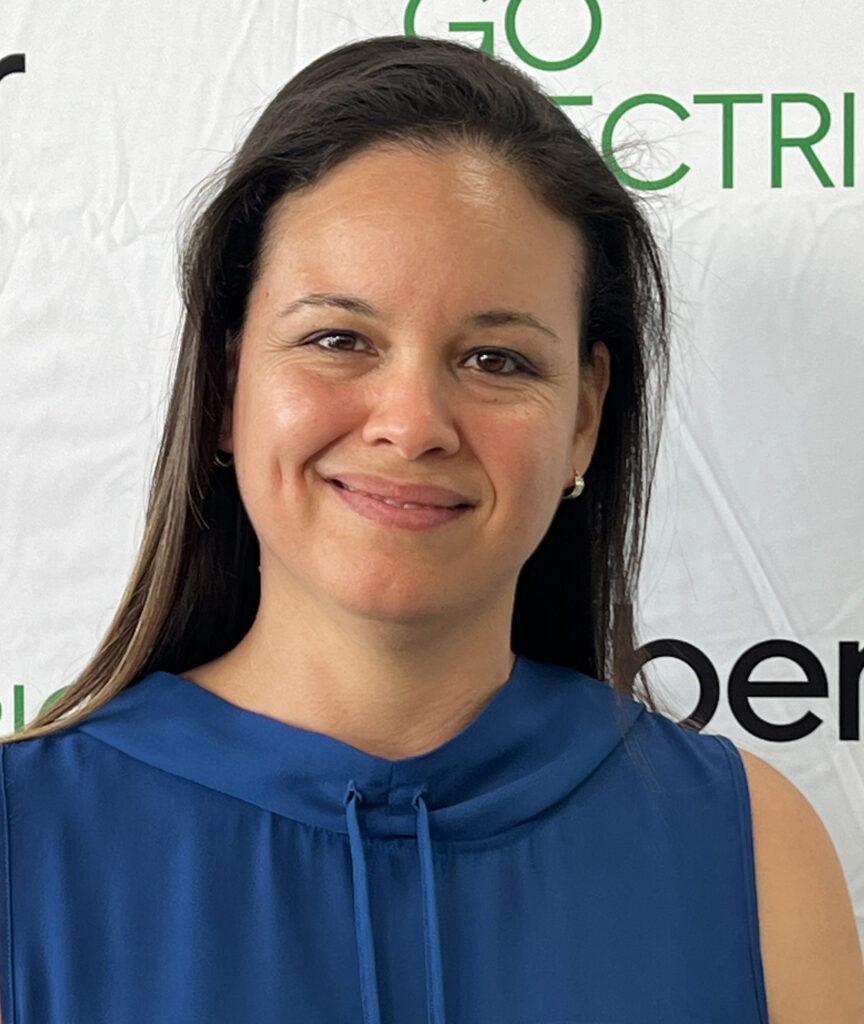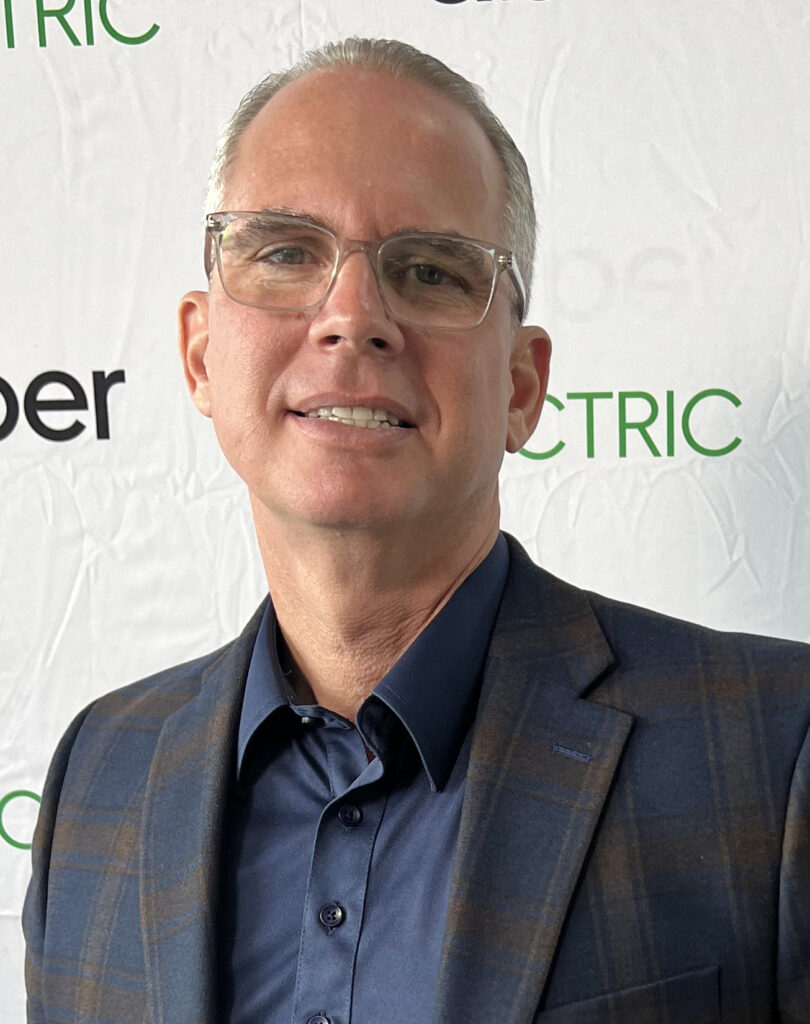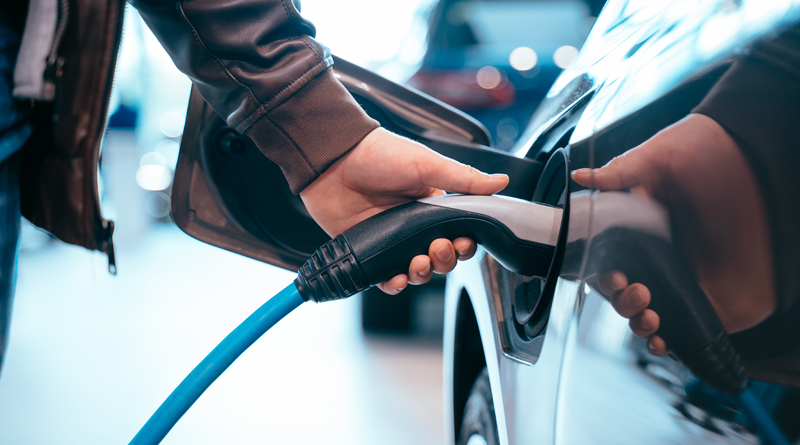In the electric vehicles market: Concerns grow over shortage of charging stations
By: Diana Bello Aristizábal
![]() Today, the electric vehicles (EV’s) segment doesn’t have the necessary infrastructure to meet current demand. According to the Energy 5 website, in less than a year, 32,118 electric vehicles have been sold in the United States, which represents an increase of 75% compared to last year, while the supply of public charging stations is not growing at the same speed.
Today, the electric vehicles (EV’s) segment doesn’t have the necessary infrastructure to meet current demand. According to the Energy 5 website, in less than a year, 32,118 electric vehicles have been sold in the United States, which represents an increase of 75% compared to last year, while the supply of public charging stations is not growing at the same speed.
This has caused many to refrain from changing their gas car for an electric one due to the fear of running out of battery on the road. According to the U.S. Department of Energy, currently there are nearly 54,000 publicly available fast charging stations. Most are found along the coasts, while several states have fewer than 100.
Fact or myth?
Although it’s clear that the electric vehicles charging network is still far from being consolidated, many think people’s concern stems primarily from a lack of knowledge about the alternatives the market offers.

“There aren’t enough charging stations available, it’s true, but all the brands that sell this type of vehicle provide solutions to their customers,” Elisa Dominguez, Retail Marketing Operations Manager for Lithia, and Driveway, explains.
The level of convenience the user finds will depend on the brand they choose, as well as if the car is to be charged at home or on the road and whether they have access to public or private charging stations like those, for example, provided by Tesla. In addition, each brand offers different incentives that should be considered before purchasing a car, such as receiving a certain number of years of free charging at publicly available fast charging stations (30 minutes).
“It’s a matter of understanding what it means to own an EV,” Alejandro Bartoli, Volkswagen Product Specialist, says. “The difference with a car that runs on fuel is that it will take a little longer for it to reach a charging level of between 80 and 100%. Still, this also gives you the opportunity to go to the bathroom, eat, fight fatigue, and cool down.” This is in the case of charging on the road.
However, it cannot be denied that it’s a challenge to charge vehicles on the road in some areas that have a number of publicly available fast charging stations well down below from the national average, such as Miami-Dade.
“It’s known nationally that the Miami area has certain deficiencies. We are trying to engage in this matter all parties involved, including governments, to make them understand the urgency to solve this. If we exert enough pressure and demand grows, solutions will arrive,” Dominguez states.

A similar opinion is shared by Erick Nuñez, General Manager of Doral Lithia, who says the EV’s boom started locally during the pandemic, much later than in other places, which has meant we are still behind in infrastructure. “We sold too many cars too quickly, but not enough charging stations were built at the same time.”
For Daniel Drake, Marketing Manager of Lithia and Driveway, the lack of enough fast charging stations is not the only problem this segment faces but also the difficulty that home charging represents for some people, such as those who live in apartment buildings. “Associations must provide electric vehicle owners the means to charge at their residences,” he says.
On another note, does shortage of public fast-charging stations affect longer trips? Alejandro Bartoli says that not necessarily. “You simply should not let the battery reach to 1 or 2%, just as you wouldn’t let the gas tank in a traditional car completely empty,” he says.
 Some brands allow the user to find the fast-charging stations closest to the driver’s location through a navigator of the car model drove or mobile apps, which helps eliminate the anxiety of not knowing where to recharge when urgently needed. With these navigators, you can also know how many stations are available and at what distance between the departure point and the final destination.
Some brands allow the user to find the fast-charging stations closest to the driver’s location through a navigator of the car model drove or mobile apps, which helps eliminate the anxiety of not knowing where to recharge when urgently needed. With these navigators, you can also know how many stations are available and at what distance between the departure point and the final destination.
“If you want to drive, for example, from Miami to Orlando, the navigator will tell you that it’s a 200-mile trip. Now, if at the beginning of the trip, you have a 196 range, you’ll know that, at least once, you will have to stop to recharge the car,” Bartoli states.
“A fully charged car lasts up to 260 miles,” Dominguez adds, while explaining that although some cities don’t have enough chargers in relation with the number of residents, many others have chargers at gas stations, supermarkets and even in stadiums, all of which can be found on the way of a long road trip.
All things considered, everyone agrees that, although the work within the industry is not done yet, the near-future outlook will improve. “In recent years, there have been a lot of changes with OEMs, as they are mandating locations where their vehicles are sold to have more stations available,” Ryan Martindale, Auto Account Executive, West, at ChargePoint, comments.
According to the expert from this software and hardware manufacturer for charging electric vehicles, all car dealerships in the United States will have fast charging stations at some point, although not all will be public.
But, while the industry gets stronger, a widely recommended alternative is to charge vehicles at home. “The most practical solution is to have a charger installed at home,” Daniel Drake states.
Regarding this option, contrary to popular belief, it doesn’t increase the electricity bill. By purchasing a $38 per month plan from FPL, drivers have access to one charging period per day without paying anything extra.
Some home charging systems, such as those sold by ChargePoint, allow users to set a timer in order to charge the car at the most convenient time. “You can schedule it to recharge between midnight and 5 a.m. when the energy is really low,” Martindale explains.
“We have to break the stigma. This is like having a cell phone, you charge it at night and the next day you are ready to go,” Erick Nuñez concludes.
Doral is on the right track
Doral Mayor Christi Fraga recently announced at an event on electric cars that all new projects will now be required to dedicate at least 2% of their parking on EV charging stations.
“Our job is to make sure that there is infrastructure in place to make it easier for those who have transitioned to these cars to find ways to continue getting around. This initiative will be a huge benefit to the community,” Fraga said.

